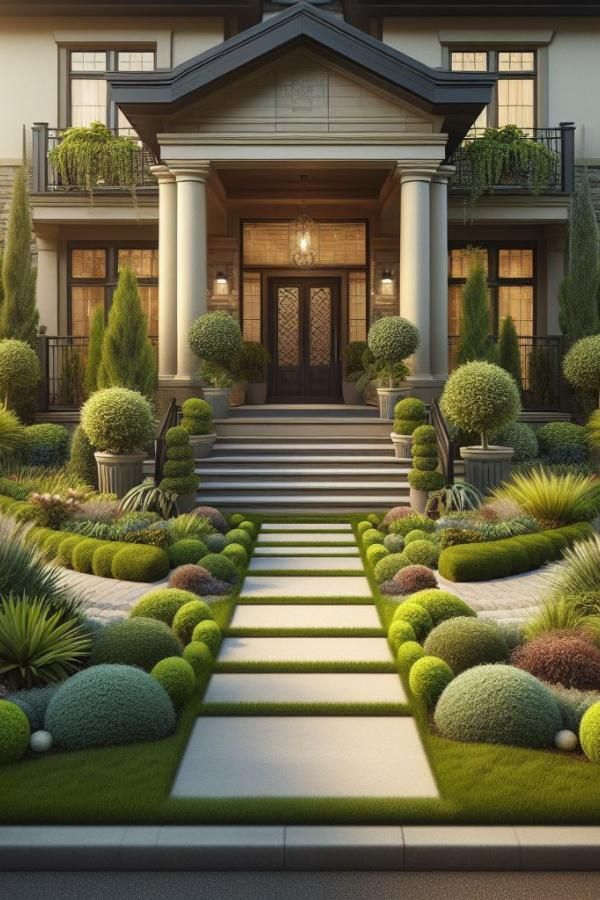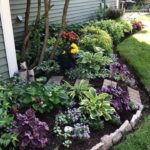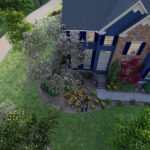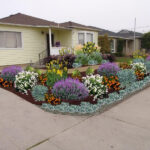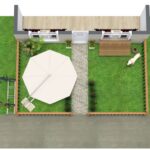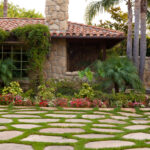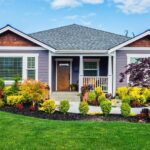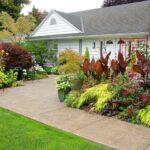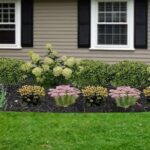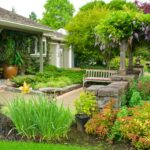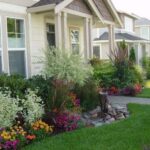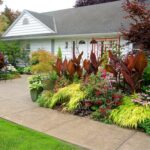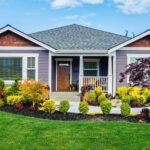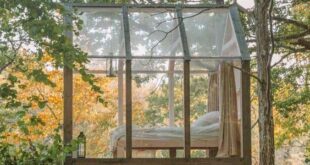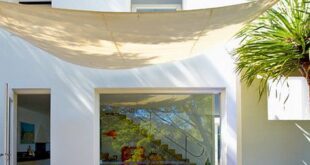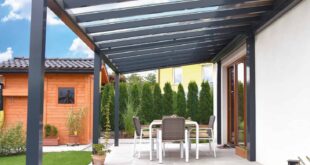Front yard landscaping design layout plays a crucial role in enhancing the overall curb appeal of a home. A well-thought-out design can create a welcoming and attractive entrance that sets the tone for the rest of the property. When planning the layout of your front yard, it is important to consider factors such as the size and shape of the space, the architectural style of the home, and the desired aesthetic.
One popular design layout for front yards is the symmetrical design, where elements such as plantings, pathways, and hardscaping features are evenly balanced on both sides of the central axis. This layout creates a sense of order and harmony, and is often seen in formal gardens and traditional-style homes. Symmetrical designs can be achieved by planting identical trees or shrubs on either side of the entrance, or by placing matching planters or sculptures along a pathway.
Another design layout that is commonly used in front yard landscaping is the asymmetrical design. This layout is more informal and free-flowing, with elements arranged in a less structured manner. Asymmetrical designs can create a more relaxed and natural look, and are often used in modern and contemporary landscaping styles. To achieve an asymmetrical design, consider using a variety of plant types, sizes, and textures to create visual interest and balance.
When designing the layout of your front yard, it is important to create focal points that draw the eye and create visual interest. Focal points can be created with elements such as flower beds, specimen trees, sculptures, or water features. By strategically placing these focal points throughout the front yard, you can create a sense of depth and dimension that enhances the overall beauty of the space.
Incorporating pathways into your front yard landscaping design layout can help to create a sense of movement and guide visitors through the space. Pathways can be made from a variety of materials, such as gravel, brick, or flagstone, and can be straight or curved depending on the desired aesthetic. To enhance the visual appeal of pathways, consider lining them with low-growing plants or decorative lighting fixtures.
Finally, when designing the layout of your front yard, consider the maintenance requirements of the chosen elements. Choose plants and hardscaping features that are suited to your climate, soil type, and level of maintenance. By selecting low-maintenance plants and materials, you can create a beautiful front yard that is easy to care for and enjoy for years to come.
